Table of Contents
Introduction to Noise Earbuds:
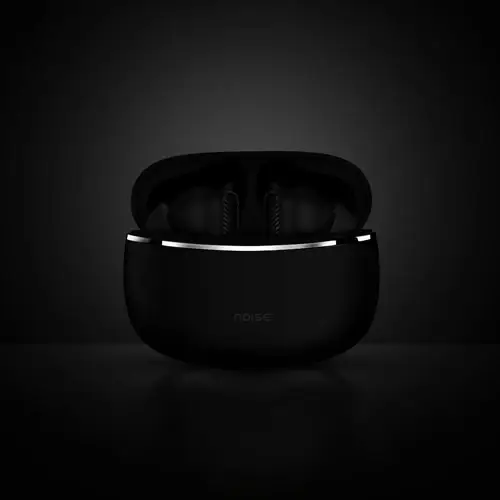
Noise Aura Buds
In-Ear Truly Wireless Earbuds- Up to 60-hour playtime: Enjoy extended usage without frequent recharging.
- Quad mic ENC: Experience crystal-clear communication, even in noisy environments.
- InstachargeTM (10min charge = 150min playtime): Quickly charge for uninterrupted listening.
Noise Earbuds controls the power of Active Noise Cancellation (ANC), a advanced technology that detects and balance the external noise, delivering an immersive listening experience. Whether it’s the deep rumble of an airplane engine or the constant chatter in a crowded café, noise-canceling earbuds can turn these distractions into a distant memory, allowing you to focus on what really matters – Your music, your call, or just the sweet sound of silence.
As we stand on the edge of a new era in personal audio, noise-canceling earbuds represent much more than technological advancements. In this introduction, let’s explore the complex workings of noise earbuds, their impact on our lives and how they are redefining the way we interact with the world of sound. So, plug in, silence the noise, and get ready to dive deep into the symphony of silence that Noise earbuds are arranged with accuracy and grace.
The Science of Sound:
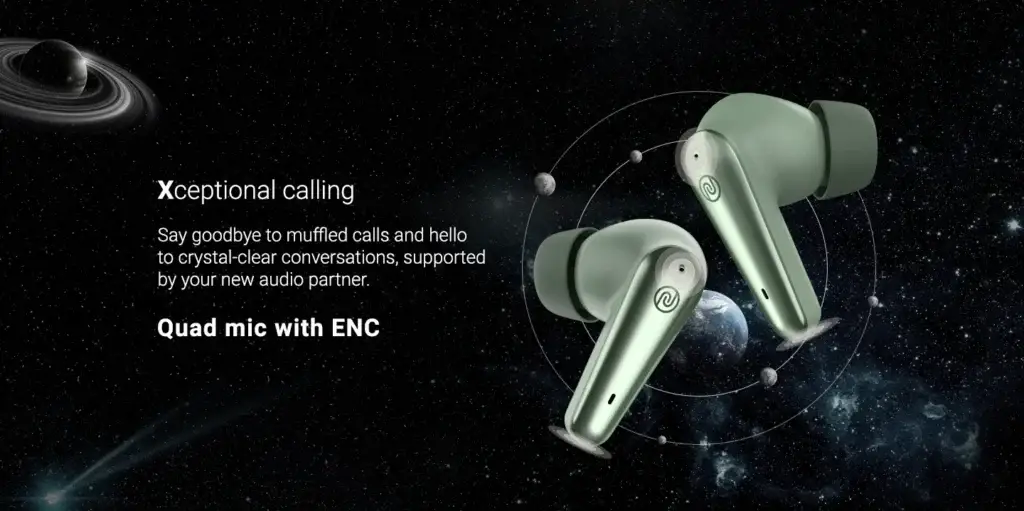
Noise earbuds are advanced mixture of design and technology, designed to deliver an immersive audio experience by reducing unwanted climate sounds. The main technology enabling this feature is Active Noise Cancellation (ANC). This is how it works:
Microphone (s):
Noise earbuds are equipped with one or more microphones that continuously pick up external sounds from the environment.
Inverse Sound Waves:
Once the noise analyze, the DSP produces an inverted sound wave to prevent the noise. It is based on the principle of phase cancellation, where two sound waves of the same frequency but opposite phases cancel each other out when they meet.
Speaker Output:
The earbuds’ speakers releases this contrasting sound wave along with your audio content. When the opposite wave meets the external noise wave at your eardrum, they cancel each other out, resulting in a reduction in the perceived noise level.
Types of ANC:

There are different types of ANC technologies, such as feedforward, feedback, and hybrid. Feedforward ANC uses a microphone placed outside the ear cup to detect external sounds, while Feedback ANC places the microphone inside the ear cup to capture what the listener hears. Hybrid ANC combines both approaches for more effective noise cancellation.
Adaptive ANC:
Some advanced noise canceling earbuds feature Adaptive ANC, which can automatically adjust the level of noise cancellation in real time based on the changing environment.
The effectiveness of ANC can vary depending on the frequency of the noise, the quality of the earbuds, and how well they fit the user’s ears. While ANC is adept at reducing low-frequency noise like the rumble of airplane engines, it is less effective against irregular, high-frequency sounds like human speech. Nonetheless, the ANC technology in noise earbuds provides a significant enhancement to the listening experience by creating a quiet background to enjoy music or take calls.
The Evolution of Noise Earbuds:
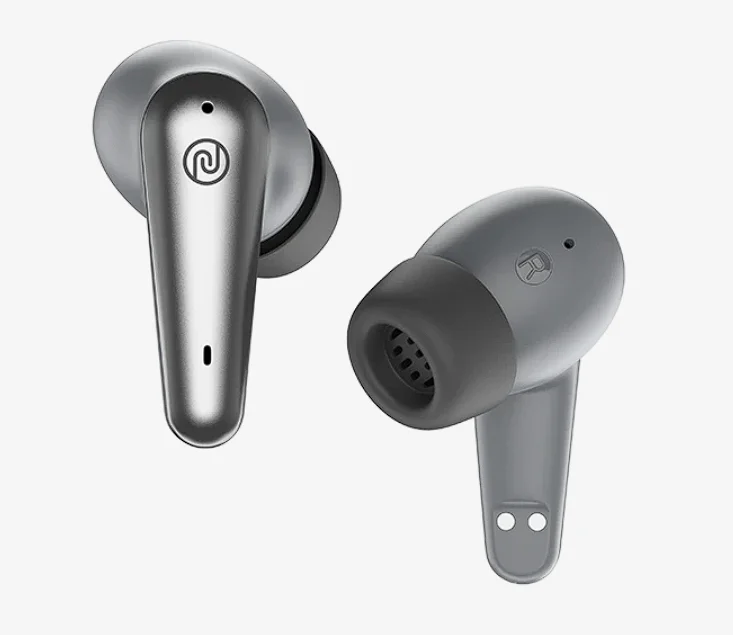
- Initial days: The concept of noise canceling began in Germany in 1933, but noise-canceling headphones were not realized for commercial use until the year 2000.Noise-canceling technology (ANC) for headphones was developed in the 1950s by Lawrence J. Started with Fogel. However, the bulky electronics of the time made this unrealistic for consumer devices.
- Advances in Aviation: By 1986, technology for active noise reduction in aviation headsets had significantly improved, reducing airplane engine noise for pilots.
- Business Success: The use of headphones for private listening evolved significantly in 1989 with the invention of noise-canceling headphones.Various designs and patents from the 1950s laid the groundwork for the noise-canceling headphones we know today.
- Modern Noise Earbuds: In the 2000s, technology became more compact and efficient, leading to the development of noise canceling earbuds suitable for everyday use.Today, noise earbuds are equipped with advanced features like Adaptive ANC, which adjusts the level of noise cancellation in real-time depending on the environment.
- Latest Model: The latest models of Noise earbuds come with features like true wireless design, touch controls, voice assistant, and personalized sound profiles.They continue to evolve with improvements in battery life, connectivity, and even integration with health monitoring systems.
The journey from the bulky headphones of yesteryear to the sleek, feature-packed noise earbuds of today represents a remarkable advancement in audio technology. As we look towards the future, we can expect even more innovative features that will further improve our listening experience.
Noise Earbuds in Everyday Life:

Noise earbuds, especially those with active noise cancellation (ANC) technology, offer many health benefits that go beyond a better listening experience. Here are some of the key benefits:
1. Preventing Hearing Loss:
Noise-induced hearing loss is a significant health concern, especially in our increasingly noisy world. Noise canceling earbuds can help prevent this by reducing the need to increase volume levels in noisy environments. By canceling background noise, users can listen to audio content at a safe volume level, thus protecting the delicate hair cells in the inner ear from damage caused by prolonged exposure to loud sounds.
2. Reducing Stress and Anxiety:
Constant exposure to noise can increase stress and anxiety levels. ANC earbuds can create a more quiet environment, which can help reduce physical and psychological stress caused by noise pollution. This can be especially beneficial in high-stress environments like open offices or while traveling.
3. Improving Concentration and Productivity:
Noise can be a significant distraction, making it difficult to focus on tasks that require concentration. By isolating the listener from external noise, ANC earbuds can improve focus and productivity, whether at work, studying, or during any activity that requires attention.
4. Enhancing Sleep Quality:
For those who live in noisy areas or work with a snoring partner, noise canceling earbuds can be a boon for sleep. By blocking out disruptive sounds, they can help users fall asleep faster and enjoy uninterrupted rest, which is important for overall health and well-being.
5. Supporting Mental Health:
The calming effect of reducing noise levels can have a positive impact on mental health. By providing a sense of control over one’s auditory environment, noise earbuds can help reduce symptoms of overstimulation, which is beneficial for individuals with sensory processing problems or conditions such as autism.
The Future of Earbuds:
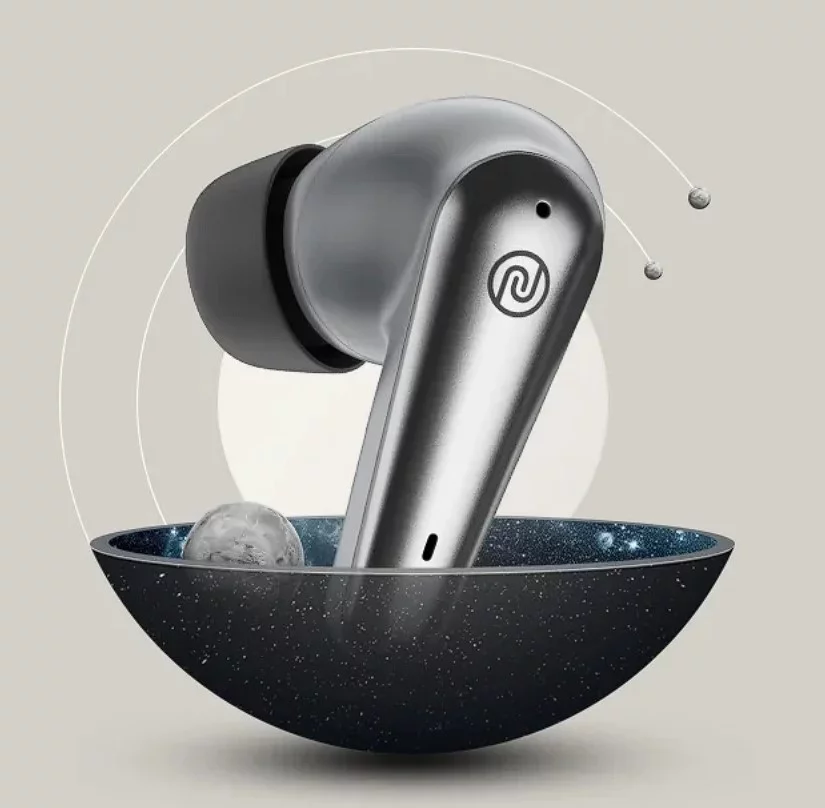
The future of Noise earbud technology looks incredibly promising, with many advancements on the horizon that could redefine our listening experience. Here’s what we can expect:
- MEMS Speakers: The introduction of microelectromechanical systems (MEMS) speakers is set to revolutionize earbud technology. These speakers are more power-efficient and have less mass, which can lead to improved sound quality, including better battery life and noise cancellation capabilities.
- Advanced ANC: Active noise cancellation (ANC) technology will continue to evolve, becoming more energy-efficient and capable of real-time environmental adaptation. This means that the earbuds will automatically adjust their noise cancellation levels depending on the surrounding ambient noise, providing an optimal audio experience in any setting.
- Integrated voice assistant: Future earbuds may come with built-in voice assistants, making them not just a device for listening to music but also a personal assistant for various tasks.
- Health monitoring features: With advances in sensor technology, earbuds can monitor health-related metrics, potentially making them an important wearable device for personal health care.
- Augmented audio realities: We could see earbuds that provide augmented audio experiences, combining real-world sounds with digital audio to create immersive environments or provide contextual information based on location.
- Biometric authentication: Earbuds may also include biometric authentication, ensuring that only the intended user can access the device’s features.
- Environmental sound amplification: Some earbuds can amplify certain environmental sounds, helping users remain aware of their surroundings while enjoying their audio content.
Conclusion:
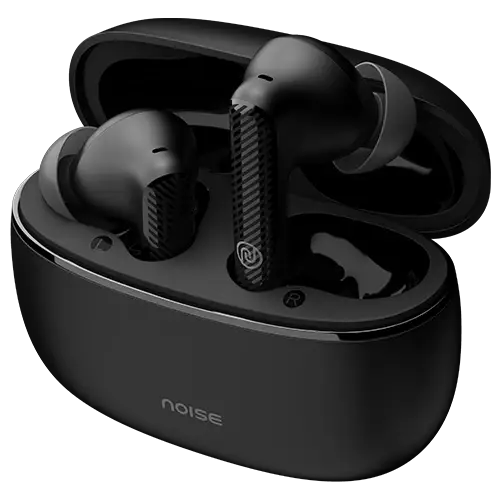
Noise earbuds represent a significant leap forward in personal audio technology. They are not just tools for music lovers, but have evolved into versatile tools that meet a wide range of needs and preferences. The ability to block out the cacophony of the world and immerse yourself in pure sound is more than a luxury. It is a means to increase focus, productivity and relaxation in our fast-paced lives.
Ultimately, noise-canceling earbuds are more than just a trend; They are a reflection of our desire for control over our auditory experience. They offer a personalized soundscape that can adapt to our needs and moods, making them a true companion for anyone wishing to enrich their listening experience and navigate the world with a personalized soundtrack.
You may visit our more blogs on Sci-Fi Spectra.
Some recommanded FAQs:
Noise earbuds generally provide adequate battery life. For example, some models offer up to 6 hours of playtime on a single charge, and with the charging case, you can get up to 40 hours of total playtime.
The Noise earbuds provide a Bluetooth range of up to 10 meters without any interference. This allows a lot of freedom of movement without losing connection to the audio source.
To pair your Noise earbuds, open the charging case and remove the earbuds. Activate Bluetooth on your mobile device, find the earbuds in Bluetooth settings and select them to pair.
Make sure your earbuds are within 10-meter Bluetooth range and there are no physical obstructions. If the problem persists, try resetting the earbuds or consult the Noise support team.
Yes, you can use Siri and Google Assistant with your Noise earbuds. Simply activate the voice assistant feature on your connected device to start using it.
Some other recommandations:
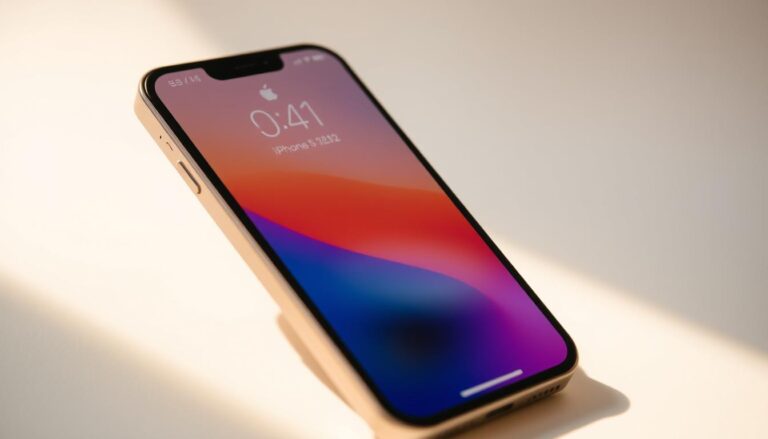
Apple iPhone SE 4: Release Date, Price, & Specs (Feb 2025)
Many smartphone users love small designs. That’s why the iphone se

DeepSeek AI: 5 Major Safety Risks Revealed by Anthropic CEO
DeepSeek AI’s 5 major safety risks are revealed by the Anthropic CEO. Learn about the key challenges and solutions in AI safety.

Elon Musk’s DOGE Gets Treasury Access — 5 Shocking Risks
Imagine waking up to news that could change how your
Intel Receives $2.2B Grant for Chip Production Boost
Imagine a world where technology depends on tiny microchips. The
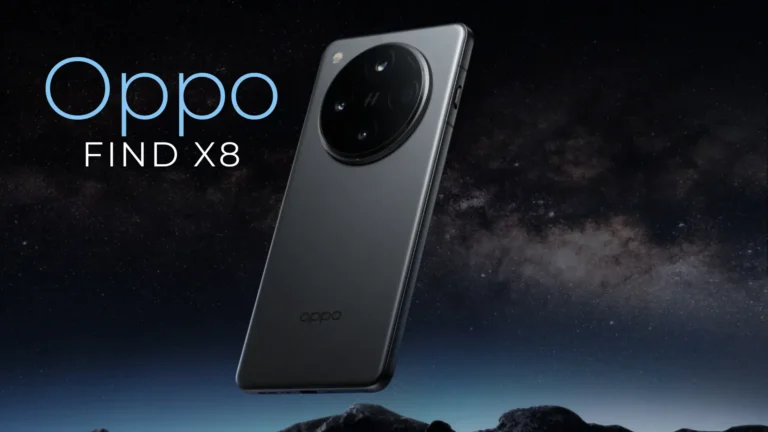
Oppo Find X8 & X8 Pro: Powerful Flagships to Buy in 2024
Oppo Find X8 16 GB RAM + 512 GB

Best Online Multiplayer Games of 2024 – Epic Fun!
Introduction to Best Online Multiplayer Games Image by FreePik Visit
